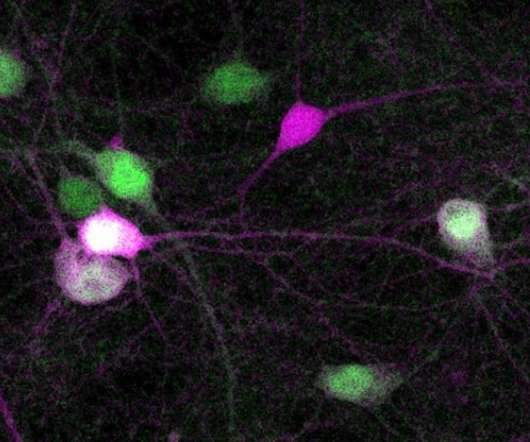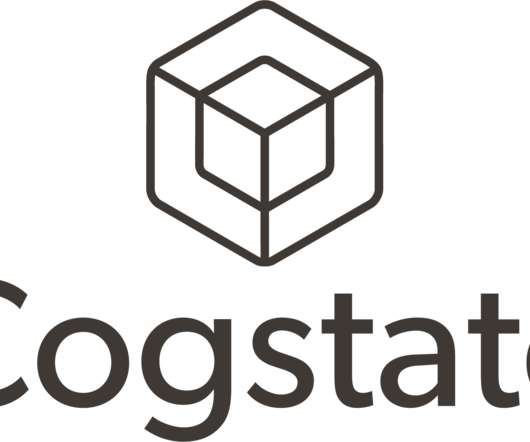Gene expression delivery tool ‘slides’ instructions into cells
Drug Discovery World
NOVEMBER 1, 2022
Splicing-linked expression design. Two methods currently used to deliver protein-making packages into cells, ‘mini promoters’ and serotype-mediated gene expression, vary widely. “We We wanted to develop a gene expression delivery tool that’s broadly useful in both preclinical and clinical models,” said Blackshaw. .


















Let's personalize your content